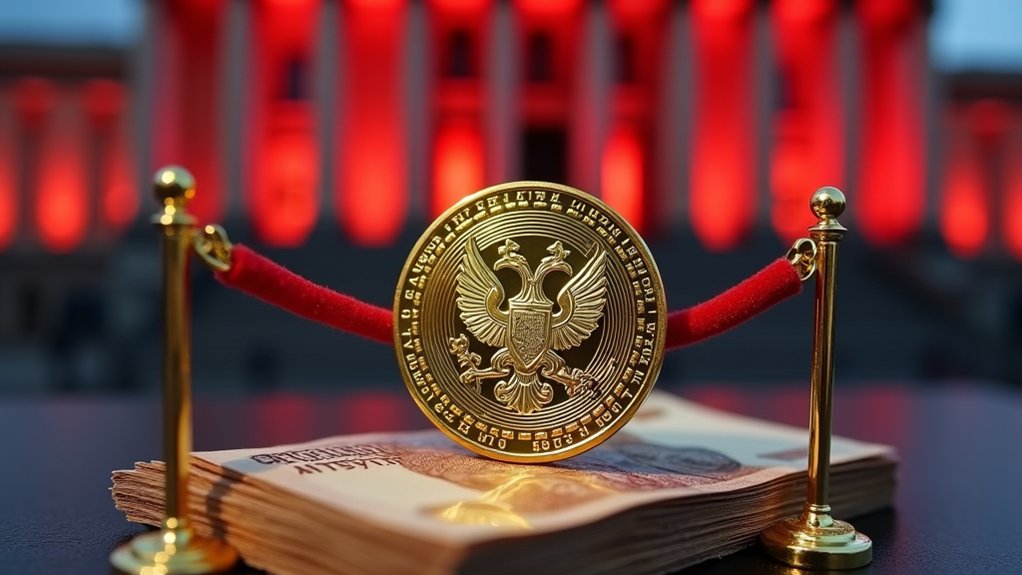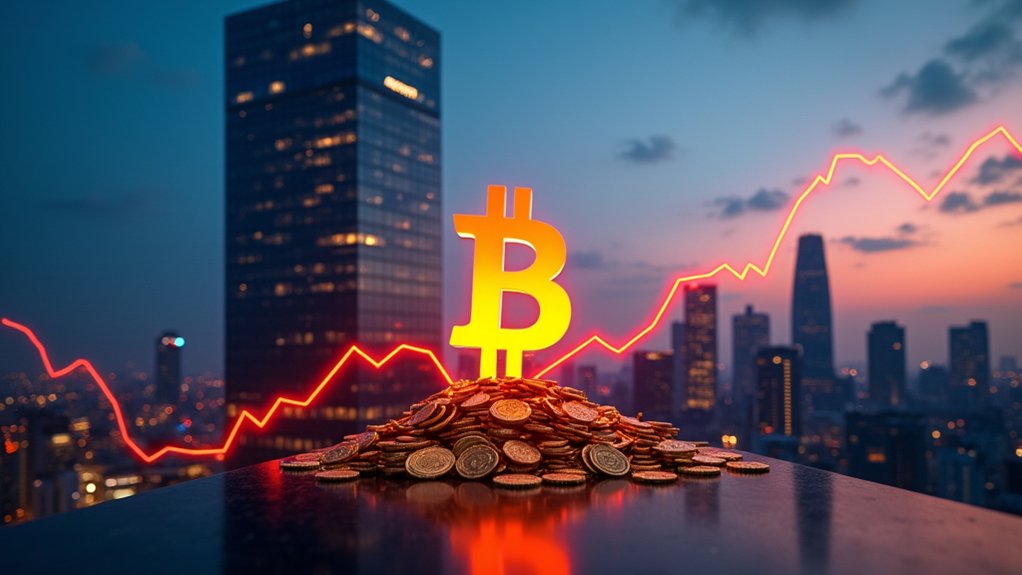While most Russians won’t get to join the crypto party anytime soon, the country’s elite are about to receive VIP passes. The Bank of Russia just proposed an experimental legal regime for cryptocurrency trading, and guess what? You’ll need at least 100 million rubles ($1.14 million) in assets or annual income of 50 million rubles ($570,000) to play. Not exactly pocket change.
Russia’s crypto-playground: VIP access for the rich, digital velvet rope for everyone else.
This three-year experiment, announced March 12, 2025, isn’t for average Ivans. It’s designed exclusively for “particularly qualified” investors—the ultra-wealthy, financial institutions, and companies already classified as qualified investors. Regular folks? Keep walking.
What’s on the menu for Russia’s crypto 1%? Direct trading, investment in crypto derivatives, access to digital financial assets, and participation in various crypto-related financial products. The regulatory framework emphasizes regulated investment channels for cryptocurrency-related assets rather than direct holdings. The central bank will establish specific risk management rules for financial institutions participating in the program. Big money, big opportunities. The rest of Russia can watch from the sidelines.
Don’t get too excited, though. The ban on using cryptocurrency for payments remains firmly in place. The central bank isn’t budging on that one. Break the rules of this experimental regime and prepare for penalties. Crypto settlements outside the approved framework? Still prohibited.
This initiative follows Putin’s directive to establish clearer digital currency policies. It’s separate from the 2024 legislation on cross-border crypto payments and builds on the “On Digital Financial Assets” law from 2021. Russia wants in on the crypto action—just on its own terms, with less international scrutiny.
The potential implications are significant. This experiment could eventually open doors for broader adoption, perhaps even spawning “Russian MicroStrategies”—companies heavily invested in crypto assets. It positions Russia in the global regulatory landscape while keeping tight control.
The message is clear: Russia wants to bring crypto trading out of the shadows—but only for those who can afford the price of admission. For now, the average Russian’s relationship with crypto remains unchanged. The wealth gap just got a digital dimension. How very 21st century of them.





